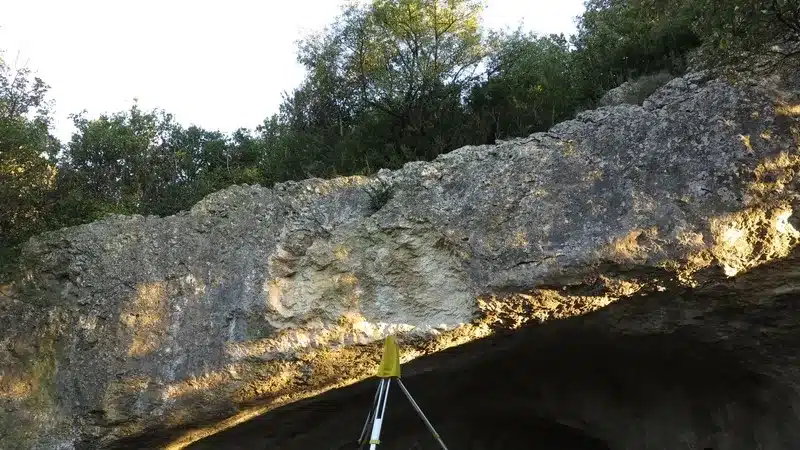The scenario seemed clear and well established. The last Neanderthals left Europe between 40 and 45 thousand years ago with the arrival of Homo sapiens. Genetic studies indicated that European Neanderthals belonged to a single homogeneous population, found in places such as Spain, France, Croatia, Belgium and Germany. However, new evidence suggests a much more complex history than we imagined.
On September 11, 2024, our team at Grotte Mandrin announced in the magazine Cell Genomics one discovery that profoundly transforms our understanding of the last Neanderthals. For the first time since 1978, a Neanderthal body has been found on French territory, in the same cave where, in 2022, the oldest migration of Homo sapiens in Europe.
Furthermore, our research has revealed the existence of a previously unknown Neanderthal lineage among the last populations living in Europe. This discovery profoundly changes our understanding of how Neanderthals became extinct and how these different lineages coexisted.
A new Neanderthal lineage
The first clues came in 2015, when Neanderthal teeth were found at the entrance to the cave, almost at the surface of the ground. These remains belonged to archaeological sites dating back 42,000 to 45,000 years. To preserve the exact position of these remains, we used tweezers and meticulous excavation techniques, a task that took nine years and is still not complete.
To date, we have found 31 teeth, jaw bones, skull fragments and thousands of small bones. These remains belong to a Neanderthal we have nicknamed Thorin, after the character from JRR Tolkien’s books. Thorin represents one of the last Neanderthals to inhabit the region and, surprisingly, his lineage is genetically distinct from other European Neanderthals.
Thorin's genetic study revealed that his population remained isolated for about 50,000 years, without genetic exchange with other Neanderthal populations in Europe. This genetic divergence is unexpected and suggests that, rather than a single, homogeneous population, there were at least two lineages of Neanderthals coexisting at the time of the extinction.











The enigma of the extinction of the Neanderthals
The new discovery forces us to fundamentally rethink the relationship between Neanderthals and Homo sapiens in Europe. Until now, we believed that Neanderthals were replaced by Homo sapiens due to their inability to compete for the same resources. However, the genetic isolation of Thorin and his population suggests that the process may have been much more complex, involving not two, but at least three human populations in Europe.
Furthermore, Thorin has genetic links to another Neanderthal discovered in Gibraltar, 1,700 km away. This Neanderthal, named Nana, was previously considered an early Neanderthal, dating back to between 80,000 and 100,000 years ago, but our research has revealed that she dates back to the same time as Thorin, suggesting greater diversity among Neanderthal populations than previously thought.
This new understanding raises intriguing questions: How did these populations, genetically isolated but located just a two-week walk from each other, coexist for so many millennia? What prevented genetic exchange between them? Research is still ongoing, but one thing is certain: the story of the last Neanderthals is far more fascinating and complex than we thought.
To find out more: Ludovic Slimak published in May 2023 “Le dernier neandertalien” by editor Odile Jacob, detailing the investigation surrounding the discovery of this body.






